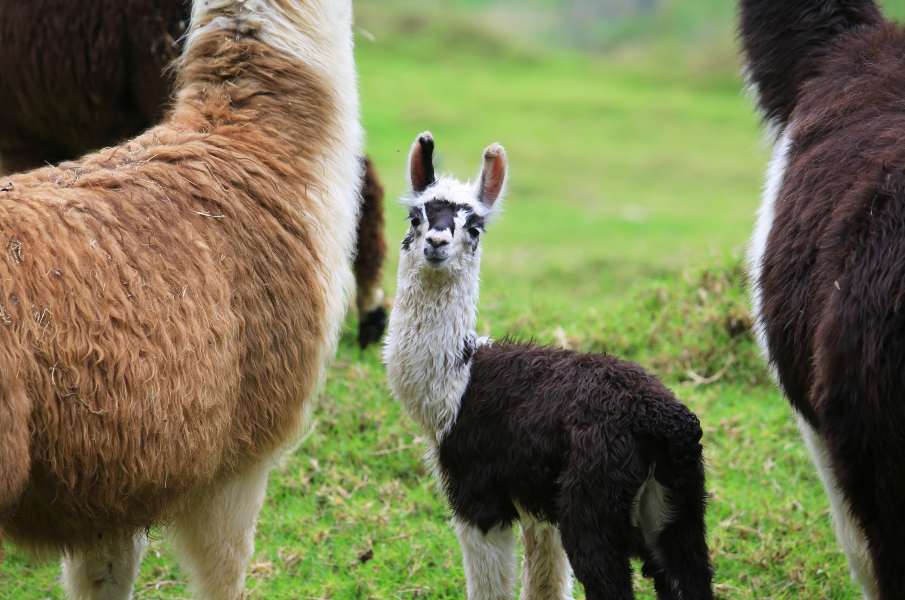Learning from llamas, U of M scientists develop a candidate COVID-19 drug
August 10, 2021

University of Minnesota researchers have developed a candidate drug that was effective in both preventing and quelling SARS-CoV-2 infection in animals, signaling potential in the fight against the COVID-19 pandemic if it can be validated in human trials.
The candidate drug, called Nanosota-1, came from a unique, tiny antibody, called a nanobody, that is derived from llamas. Unlike conventional antibody drugs under development, Nanosota-1 can be produced at high yields and remains stable across wide temperature ranges—making it cost-effective to manufacture, transport, and store, according to lead researcher Fang Li, Ph.D., in the University’s Department of Veterinary and Biomedical Sciences.
Based on the researchers' understanding that the small nanobodies llamas produce can effectively penetrate organs and tissues, they harnessed the nanobody as a therapeutic against COVID-19. The result was Nanosota-1, which they found binds well to SARS-CoV-2, the virus that causes the disease. In in vitro biochemical studies, the drug blocked SARS-CoV-2 infection of human cells.
The drug, which the researchers tested in hamsters and mice, is one of the first nanobody therapeutics to show promise against SARS-CoV-2, Li said. Those animals that received Nanosota-1 prior to infection showed few clinical signs of infection. And those animals that received the drug after infection failed to develop serious illness.
The findings indicate Nanosota-1 can both prevent SARS-CoV-2, acting like a short-term vaccine, and treat the infection. The results of the researchers’ study, funded by the National Institutes of Health with additional funding from the University, were recently published in the journal eLife.
Leading the research, which is ongoing, are Li and Aaron LeBeau, Ph.D., who conducted the research as an assistant professor in the Department of Pharmacology and is now at the University of Wisconsin School of Medicine and Public Health. Postdoctoral researcher Gang Ye and graduate student Joseph Gallant, among other University researchers, helped develop Nanosota-1. Researchers from the University of Iowa, the University of Texas Medical Branch at Galveston, and New York Blood Center contributed to animal testing of Nanosota-1.
“Llamas are amazing animals. They produce a unique type of antibodies that can serve as excellent therapeutics for humans,” Li said. “We would like to thank the University of Minnesota and the National Institutes of Health for supporting this research. We hope that Nanosota-1 will contribute to the global battle against COVID-19.”


